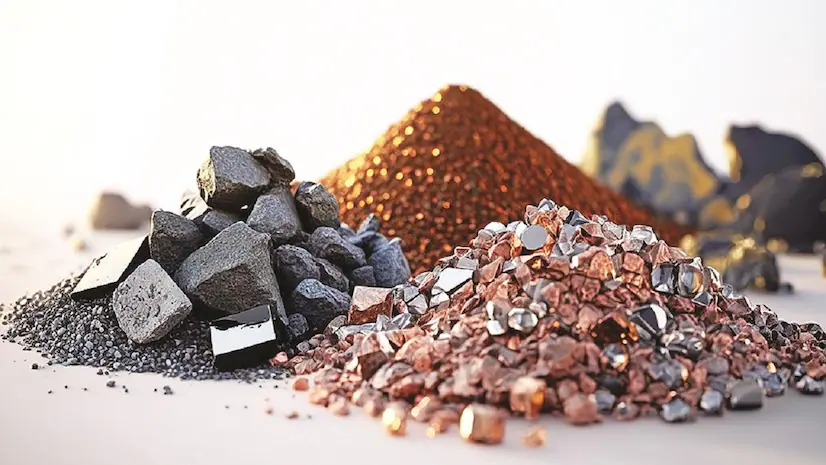Why “critical materials” aren’t in crisis
from CCL Community
by Jonathan Marshall , Feb 22
If you follow obscure news reports about commodity prices, one story jumps out: the crisis of “critical materials” needed for the clean energy revolution isn’t one of demand swamping supply, as many forecasters warned. It’s a “crisis” of supply swamping demand, leading to plunging prices.
That’s bad for mining companies, but great news for manufacturers of batteries, wind turbines, and other products needed for the clean tech products.
A couple of days ago a headline in the Wall Street Journal read, “The Boom in Battery Metals for EVs is Turning to Bust.” Thanks to surging production at mines around the world, “Prices of lithium are down as much as 90% since the start of last year, while the price of nickel has roughly halved,” it reported. “Sharply lower metal prices could help automotive companies reignite sales growth by luring buyers with cheaper models and discounts.”

Lithium – Price – Chart – Historical Data – News (tradingeconomics.com)
A week earlier, Metal Minder reported a “sharp downward movement” in the price of rare earth metals, used in high-efficiency magnets in wind turbines and electric vehicle motors, as well as smartphones and aircraft engines. “While weaker downstream demand could potentially prove one culprit in the dropping prices,” it noted, “another potential factor is an increase in global rare earth production outside of China. If true, China could find itself bumped down the totem pole in terms of rare earth magnets dominance.”
These and other stories confirm what sober analysts had long predicted: demand begets supply when prices rise and investment spurs new sources. High prices also encourage adoption of substitute products. We see both predictable responses at work with so-called critical materials.
Booming lithium prices in the past couple of years led to the discovery and development of major new lithium deposits all over the world.
As I’ve written before, the briny Salton Sea in Southern California may hold enough lithium to satisfy U.S. demand for many decades. The McDermitt Caldera on the border of Nevada and Oregon may hold the richest lithium deposits in the world. Another contender for that claim is a giant deposit of hard-rock lithium in Maine. The main obstacles to producing the lithium domestically are permits and falling prices. Of course, if such obstacles get in the way of U.S. production, other countries like Argentina stand ready to supply vast amounts of lithium for battery makers.

A similar story can be told for rare earths, which today are produced mainly in China. Thanks to surging demand and prices, prospectors started looking for deposits in the United States. Lo and behold, they reported finding more than 2 billion tons of rare earth elements at Halleck Creek Wyoming—enough to make the U.S. the world’s largest producer.
In cases where new supplies can’t readily be found, substitution is always an option. Examples come almost every week from battery researchers and companies. One that caught my eye the other day was a report from MIT researchers about an organic compound that can replace expensive cobalt and nickel in the cathodes of lithium-ion batteries. It can store similar amounts of energy and charge faster.
“I think this material could have a big impact because it works really well,” said an energy professor at MIT who led the study. “It is already competitive with incumbent technologies, and it can save a lot of the cost and pain and environmental issues related to mining the metals that currently go into batteries.”
All this reaffirms my belief that the biggest challenges we face aren’t technological but political. If we can just align behind good policies—including carbon fee and dividend—we can rise to the climate challenge in time.

